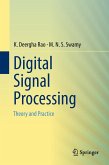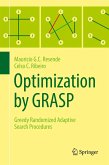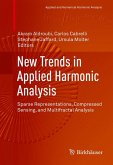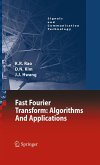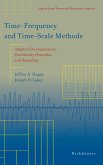A Mathematical Introduction to Compressive Sensing gives a detailed account of the core theory upon which the field is build. With only moderate prerequisites, it is an excellent textbook for graduate courses in mathematics, engineering, and computer science. It also serves as a reliable resource for practitioners and researchers in these disciplines who want to acquire a careful understanding of the subject. A Mathematical Introduction to Compressive Sensing uses a mathematical perspective to present the core of the theory underlying compressive sensing.
Dieser Download kann aus rechtlichen Gründen nur mit Rechnungsadresse in A, B, BG, CY, CZ, D, DK, EW, E, FIN, F, GR, HR, H, IRL, I, LT, L, LR, M, NL, PL, P, R, S, SLO, SK ausgeliefert werden.
"The book by S. Foucart and H. Rauhut is the first textbook on the subject of compressed sensing ... Compressed sensing has provided an opportunity for electrical engineers to learn new mathematics, and it has given mathematicians some challenging new problems to consider. Foucart and Rauhut have written a comprehensive survey of the ideas and methods from this field. Their book will engage the interest of many researchers, both theoretical and applied." (Joel A. Tropp, Bulletin of the American Mathematical Society, Vol. 54 (1), January, 2017)
"As a textbook it offers great flexibility for the instructor and can be used for both introductory and advanced courses incompressed sensing. ... The book can be highly recommended for teaching purposes, and the homework problems are really excellent. As an encyclopedia the book is very comprehensive and offers detailed proofs and discussions. ... It is expected that this book will become a classical reference source in the field." (Anders C. Hansen, Mathematical Reviews, November, 2014)





